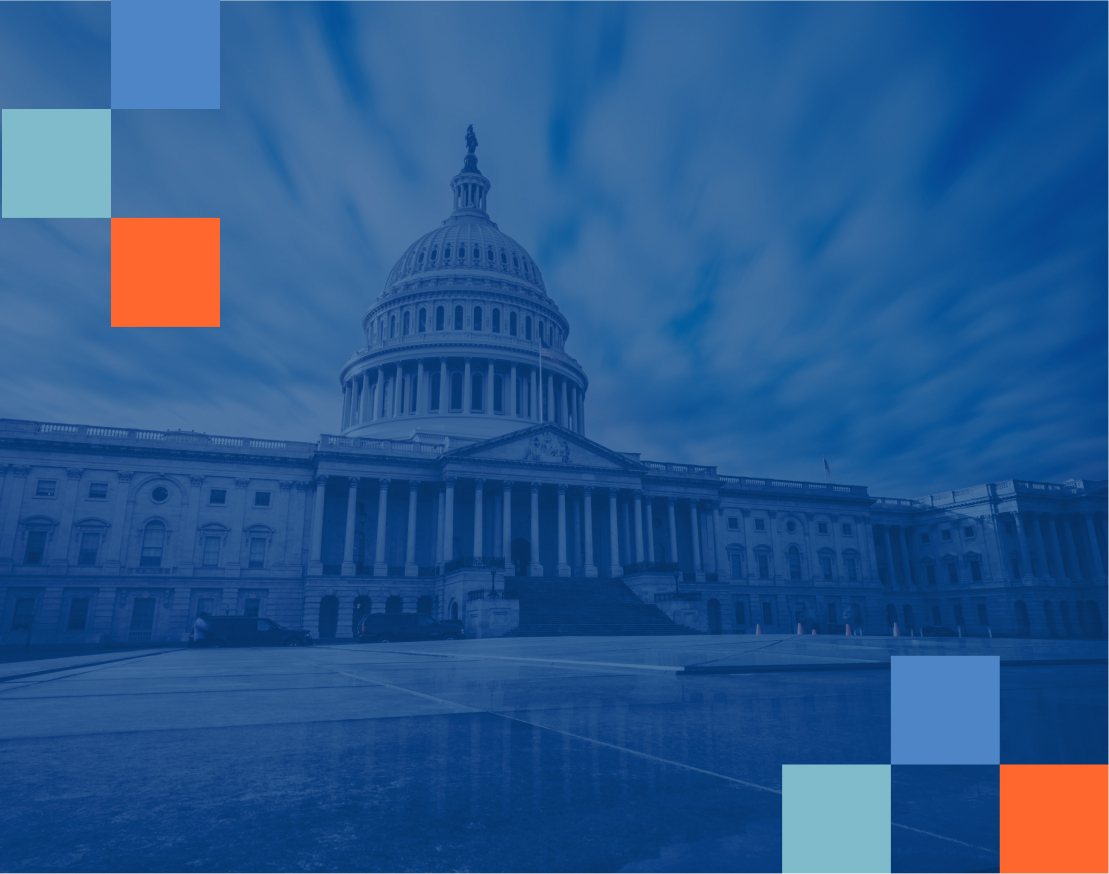A lot of leaders start their community engagement journey with the best of intentions but get caught up in the details of when to consult their community. Should you do it on the front end, while setting your agenda? Or when you’re drafting a policy?
We’re here to tell you – there is no one size fits all, and engagement is a continuous cycle. This means you can consult your community at all four phases of the policy cycle: (1) agenda setting, (2) policy creation, (3) policy implementation, and (4) policy evaluation.
Benefits of community engagement early in the policy cycle
Many practitioners and researchers agree that community engagement is most meaningful early in the policy process. Involving residents and stakeholders in setting the agenda or formulating policy gives them direct influence on the issues at hand, and lets them weigh in on decision making. It also helps you, because you’ll gain a better understanding of your community’s needs and identify potential problems from the very start.
This can lower the odds of new issues popping up once the policy is (nearly) finalized and can raise the chances of the new policy being supported by the community since they helped co-create it. But keep in mind that while the most rewarding community engagement processes – for both government and community – usually happen early on in the policy cycle, ideally you should offer engagement opportunities throughout your policy process.
An example of policy cycle community engagement
Many local governments turn to community engagement while preparing strategic, multi-annual plans or their next budgets. The local government in Mol, Belgium did just that and encouraged community members to share their ideas via an online “ideamarket”. The ideas posted received more than 2,000 votes from the community and provided local leaders with insight into what their community was most concerned with: mainly issues of mobility and neighborhood development.
If you start with participation on time and involve citizens from the beginning, you notice it has a very positive effect on the result of a project. In Mol, we realized that by only organizing informational events later in the decision-making process, the policy ends up being less supported in the community. People don’t feel that they truly have been able to contribute their ideas – or that they’ve been listened to.
Wim Caeyers, Mayor of Mol
Getting community engagement right in your policy cycle
Successfully engaging your community in your next policy cycle is simpler than it sounds, but it does require laying the strong groundwork. In the case of Mol, for instance, there was a history of actively engaging community members with (offline) community engagement for years. If participation is new to your city and there aren’t any internal processes in place to manage participation, it could be difficult to kick off your participation efforts right at the start of the policy cycle. In this case, you might choose to start with lower levels of engagement, like surveys or polls on your existing policy plans, instead of immediately aiming to co-create policy with your community. This will help you internally organize while also building trust with your community, and serve as a stepping stone to deeper (and earlier) future community engagement.
Learn more best practices and guidelines for community engagement:
- Community Engagement: a Practitioner’s Guide: The steps you need to take to create a sustainable and effective community engagement strategy for your government agency.






